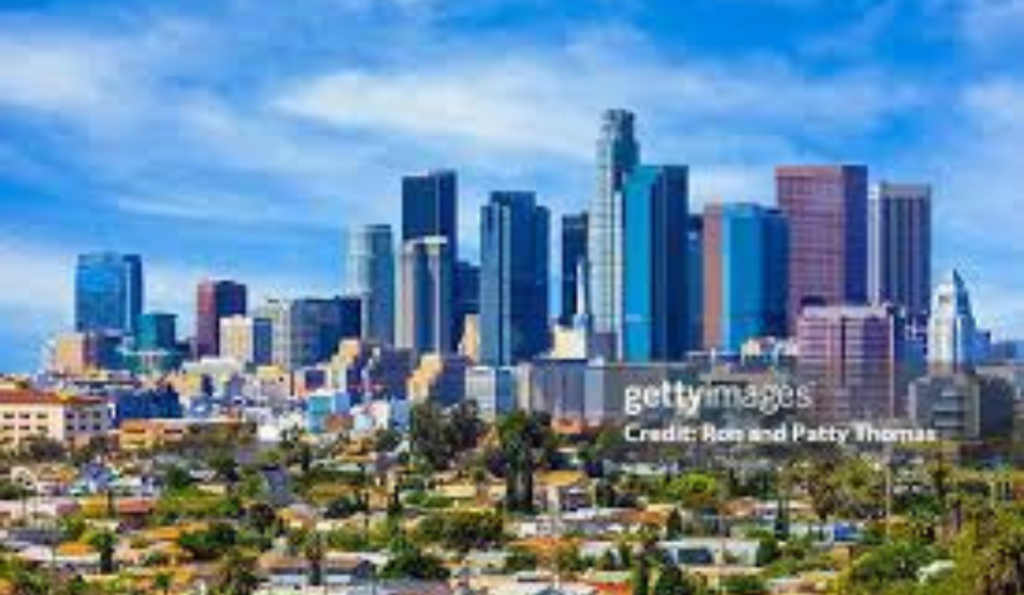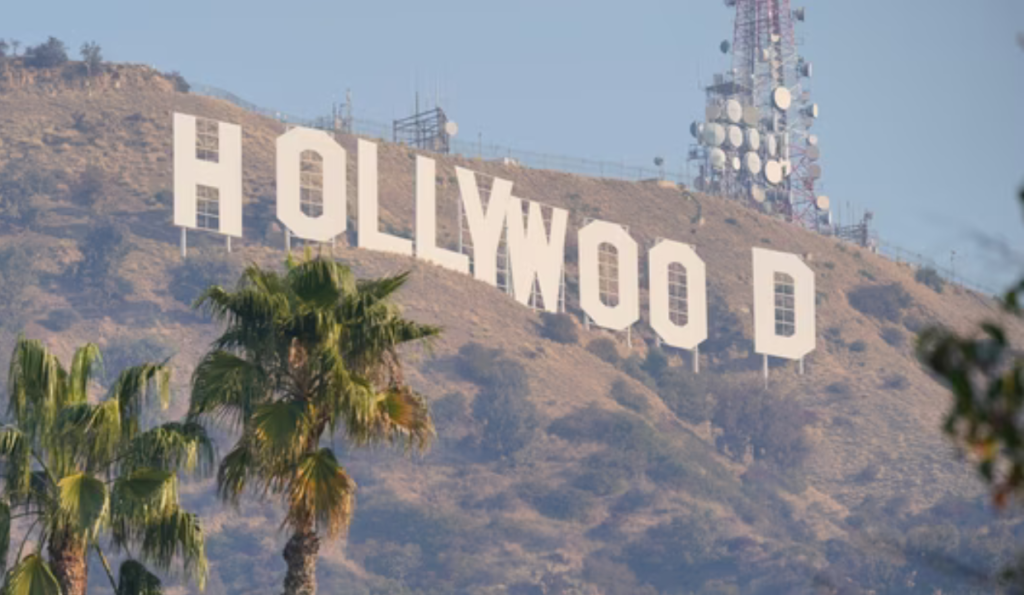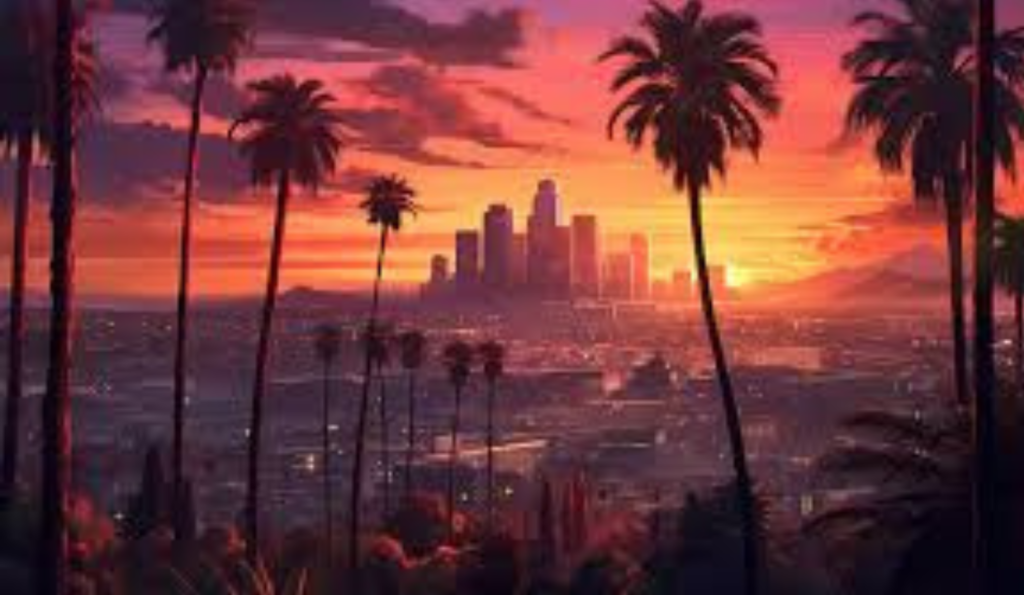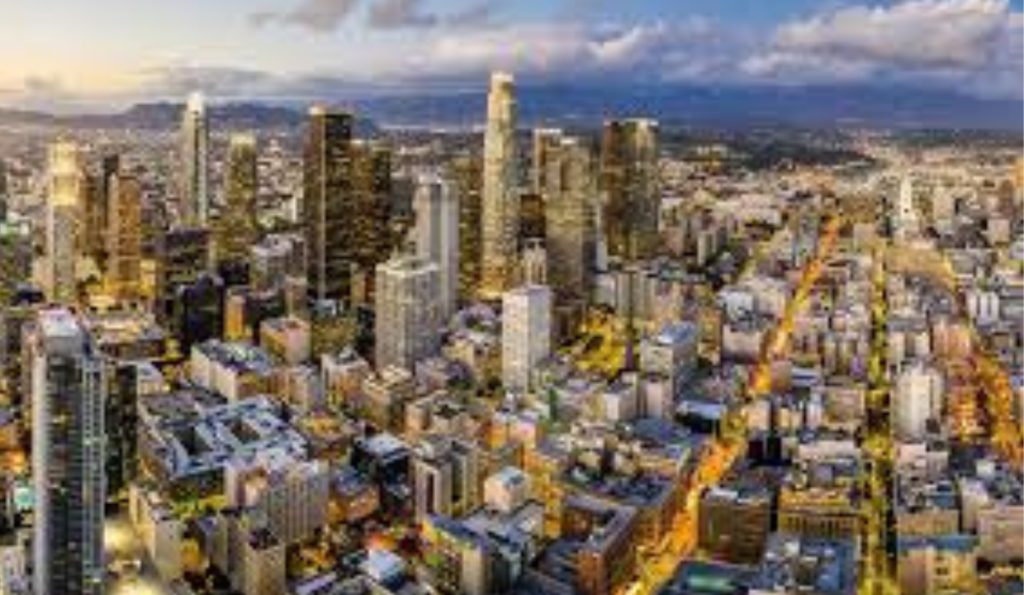Los Angeles: A City of Diversity and History
sometimes shortened to L.A., is the most populous city in the U.S. state of California. With a projected 3,820,914 residents as of 2023, it is the second most populated city in the United States, after New York City. the commercial, financial, and cultural hub of southern California. With 12.8 million inhabitants, it is the largest city in a metropolitan area and is renowned for its diverse population in terms of ethnicity and culture (2023). An incredible 18.3 million people live in the Riverside-San Bernardino metropolitan areas that make up Greater Los Angeles.

With the Santa Monica Mountains to the north, the Pacific Ocean to the west, and the San Fernando and San Gabriel Valleys to the east, the city is dispersed throughout a large basin in Southern California. It covers an area of roughly 469 square miles (1,210 km2) and is home to Los Angeles County, the most populous county in the United States, with an estimated population of 9.86 million in 2022. In 2023, it was the third most visited city in the US, with over 2.7 million visitors.

Historical Overview.
The first inhabitants of what is now Los Angeles were the indigenous Tongva people. In 1542, Juan Rodríguez Cabrillo asserted Spanish sovereignty over the region. Under the direction of Spanish Governor Felipe de Neve, the city was legally founded on September 4, 1781, and was first called El Pueblo de Nuestra Señora la Reina de los Ángeles (“The Town of Our Lady the Queen of Angels”). Following Mexico’s 1821 independence from Spain, Los Angeles became a part of the First Mexican Empire. However, after the Mexican-American War ended in 1848, the city and California were given to the United States by the Treaty of Guadalupe Hidalgo. Los Angeles was established as a municipality on April 4, 1850, five months prior to California’s statehood.
Following the discovery of oil in the 1890s, the city expanded rapidly, and it continued to thrive following the completion of the Los Angeles Aqueduct in 1913, which supplied water from Eastern California. These days, Los Angeles’ economy is diverse, with a wide range of industries.
Cultural and Economic Significance.
Despite a decline in film and television production following the COVID-19 pandemic, Los Angeles remains a major center for American film and a global leader in earnings. Some of the busiest container terminals in the US are also located in the city. With a gross metropolitan product of about $1.0 trillion in 2018, the metropolitan area came in third place internationally, behind New York and Tokyo.
Los Angeles will host the Summer Olympics again in 1932, 1984, and 2028. Los Angeles’ urban center, which features world-class architecture, including structures created by Frank Gehry, is still prospering as a hub of culture despite businesses leaving the city since the outbreak.

The Name “Los Angeles”
When the settlement was constructed on September 4, 1781, a group of forty-four settlers known as Los Pobladores called it El Pueblo de Nuestra Señora la Reina de los Ángeles del Río Porciúncula (“The Town of Our Lady the Queen of Angels of the Porciúncula River”). It’s unclear exactly where the name came from, although it was subsequently shortened. Guinness World Records lists one variation of the original name, while other sources have shorter or other versions.Los Angeles’s pronunciation in English has changed over time. It was established as in the 1850s, and by the 1880s, it had changed to /loʊs ˈæŋɡələs/ (LOHSS ANG-gəl-əs). This is a reflection of California’s propensity to name places in Spanish or names that seem Spanish. The most widely used pronunciation by the 1930s was /lɔːs ˈændʒələs/, which was formally accepted for use by the federal government in 1934.Pronunciations that suggest a classical influence are frequent in the United Kingdom,

Indigenous History.
Before the Spanish arrived, the Tongva people dominated the Los Angeles Basin and the San Fernando Valley. Then, in their colony of Yangna (Tongva, which means “Place of Poison Oak”), the Spanish established the Pueblo de Los Angeles. This area is honored by historic districts such as Pueblo Plaza and Olvera Street.